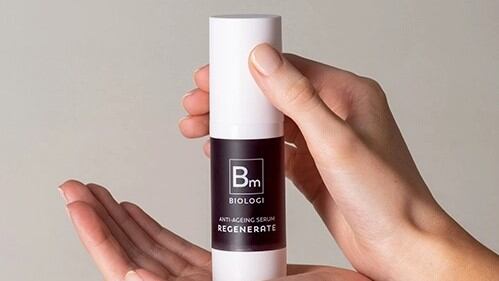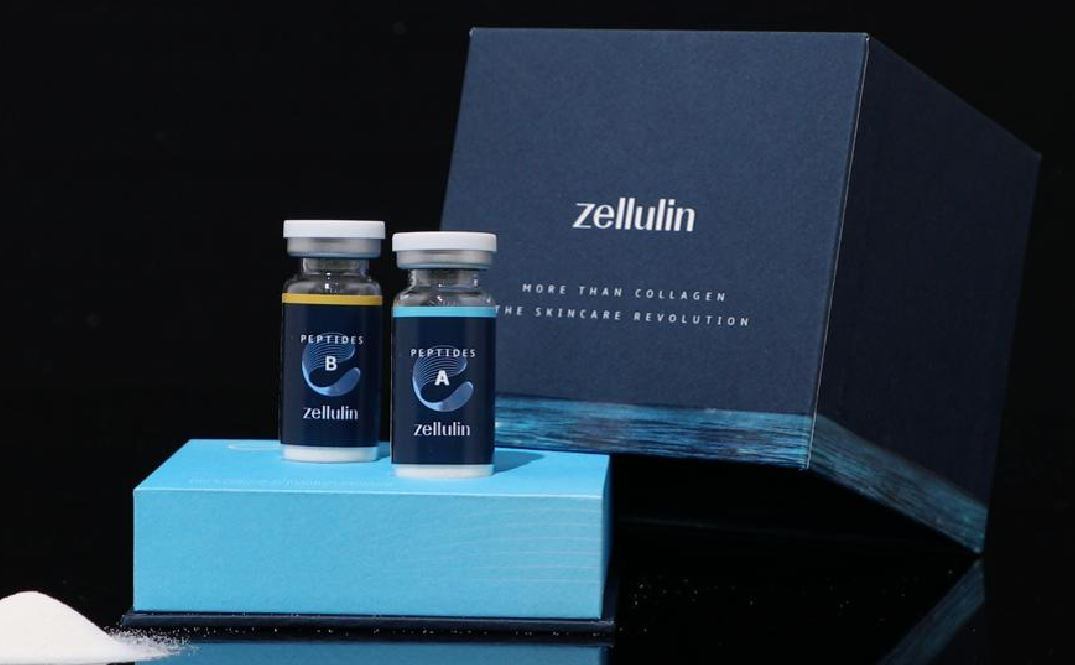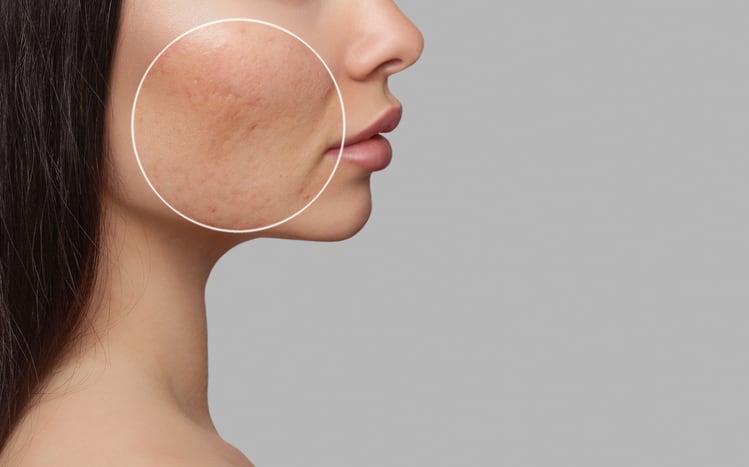Writing in Chemistry & Biodiversity, researchers from the Italy’s University of Florence and Poland’s University of Science and Technology in Wroclaw reviewed the cosmeceutical peptides market, identifying methods and technologies from scientific literature and patents used to overcome bioavailability and stability challenges.
Peptides are interesting ‘bioactive cosmeceutical ingredients’
Peptides, the researchers wrote, could be considered “an interesting group of bioactive cosmeceutical ingredients” that had garnered rising attention in recent years. However, bioavailability and stability of these peptides when used as actives remained “one of the most relevant problems in both drugs and cosmetics”, they said.
“Although in the past five years, nearly 200 review articles dealing with cosmeceuticals appeared in [the] PubMed database, only six of them address the problem of active ingredient permeation.”
Having long been used as carriers for larger molecules, peptides that were now being used by cosmetic formulators to regulate cellular processes – the likes of the “well-known pentapeptide KTTKS” – lacked data and testing in the cosmetics space.
“While some of the peptides used in cosmeceutical formulations are pharmacologically tested, in order to demonstrate the claimed bioactivity, it is relatively uncommon to find published data concerning their bioavailability and stability when applied topically on human skin,” the researchers wrote.
The beauty industry often enhanced bioavailability of active peptides using approaches that had been proven in pharmaceutical use, they said, including a range of novel methods to improve transdermal delivery and enhance bioavailability in cosmeceutical formulations.
Chemical versus physical – enhancing peptide skin-penetration and stability
Review findings showed there were a range of novel methods that could be divided into two categories: methods that enhanced permeation through the Stratum corneum and methods that enhanced peptide stability to dermal enzymes.
To achieve this, either chemical enhancers such as alcohols, free fatty acids or surfactants could be used or physical enhancers like microneedles, ultrasonic waves and low electrical current, the researchers said. Additional systems like nanoparticles, liposomes, nanostructured liquids, microemulsions, hydrogels and polymer-based techniques could also be applied.
“Both chemical and physical methods were designed not only to improve the bioavailability of active ingredients but also to pave the way for transdermal delivery in general. They act by one or more of three main mechanisms: 1. Distraction of Stratum corneum lipid layer; 2. Inter-cellular protein interference; 3. Improved partition of the drug into the Stratum corneum obtained by co-enhancers or solvents,” the researchers wrote.
Active peptide future? Microneedle innovation under the spotlight
The review identified microneedles – pricking the external skin layers to create a pathway for molecule delivery – as a “particularly interesting” method for the cosmeceutical industry to consider.
“…One of the recent methods designed to improve skin permeability of hydrophilic molecules, including peptides, are microneedles. Pricking subaerially skin upper layers significantly facilitates permeation and absorption of active ingredients in therapeutic formulations,” the researchers wrote.
Beyond more traditional microneedle rollers, they said new concepts such as 3D-printed microneedle eye patches had been tested in some rat and human skin studies with good results. Tests on microneedles coated with peptides had also been conducted, as had work with self-dissolving microneedles – another “interesting solution for hydrophobic peptides”, the researchers said.
Chemical degradation of active beauty peptides a ‘major’ challenge
Considering peptide stability in cosmetic formulations, the researchers said challenges would continue to be present as the number of cosmeceutical peptides “exponentially increased” and development of these molecules now targeted specific improvement of characteristics like skin permeability or enhanced metabolic stability.
“Chemical degradation of cosmeceutical peptides remains one of the major challenges to their limited bioavailability attributed to their high susceptibility to the proteases widely abundant all over the skin,” the researchers wrote.
Similarly, when peptides were modified with additional covalent bonds for better skin permeability, they were more susceptible to enzymic activity, in particular dermal proteases. Although, there had now been modifications “recently introduced” that enhanced dermal stability, the review found, including backbone modifications, use of cyclic peptides, peptide conjugations, and even ascorbic acid conjugation, among others.
Overall, the review found industry had started using and experimenting with various novel methods – chemical and physical – to improve active peptide stability and bioavailability in cosmetic formulations – efforts that would enable continued development of “innovative technological formulations”.
Source: Chemistry & Biodiversity
Published online ahead of print, doi: 10.1002/cbdv.202000833
Title: “Peptides as Active Ingredients: A Challenge for Cosmeceutical Industry”
Authors: P. Ledwon, F. Errante, AM. Papini, P. Rovero and R. Latajka




